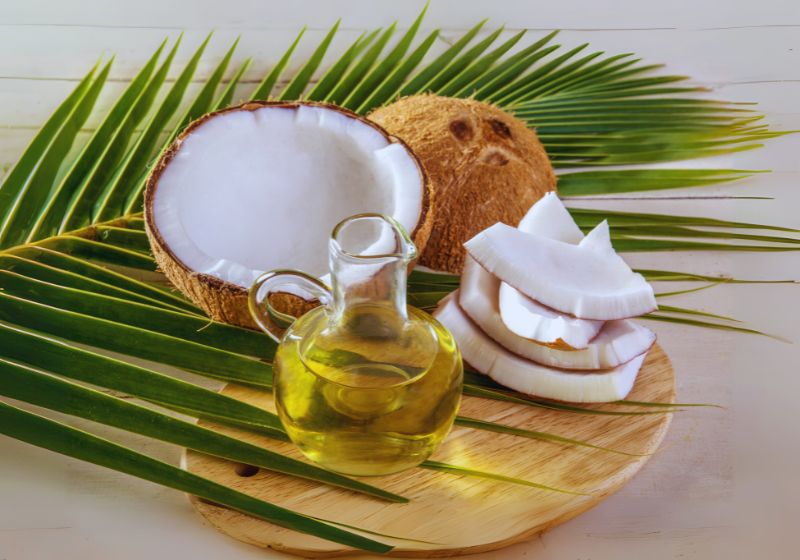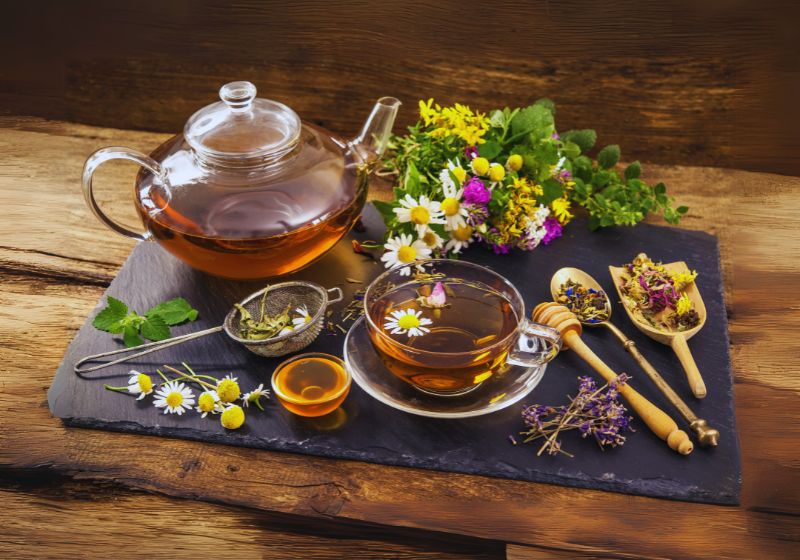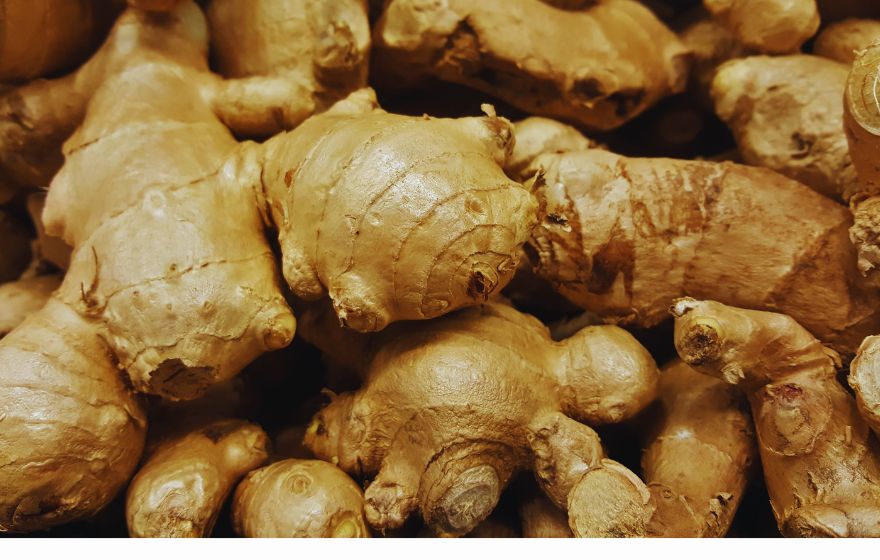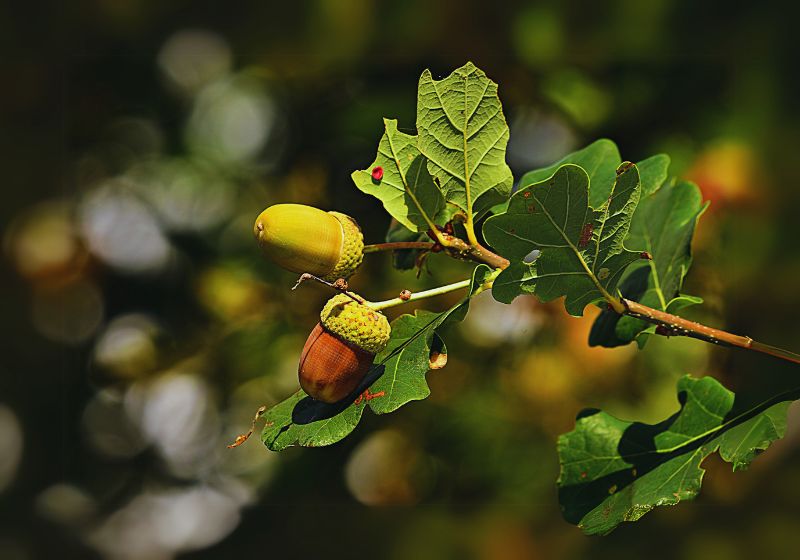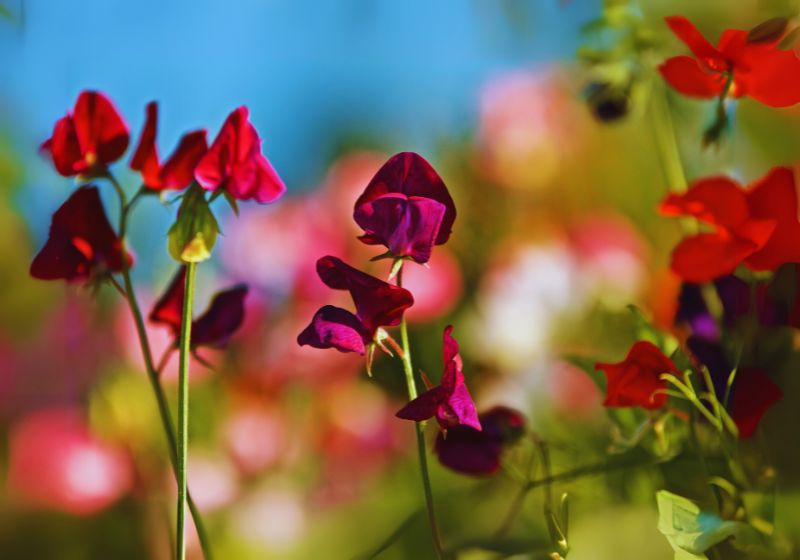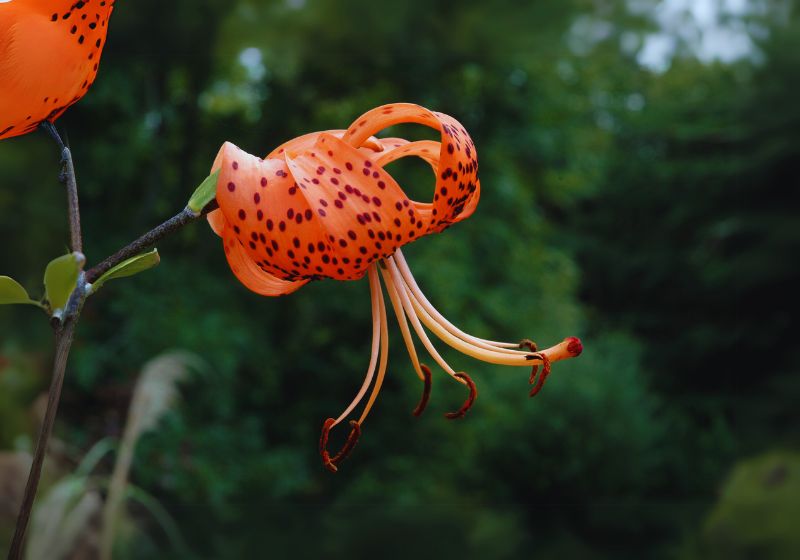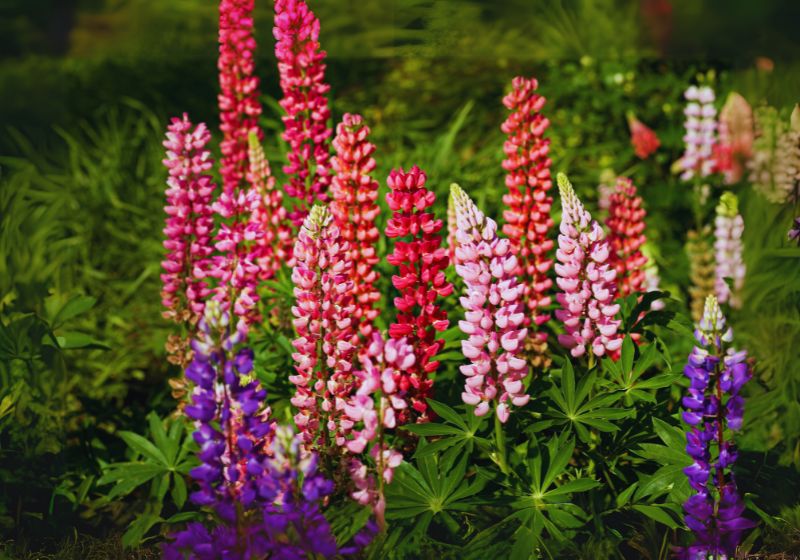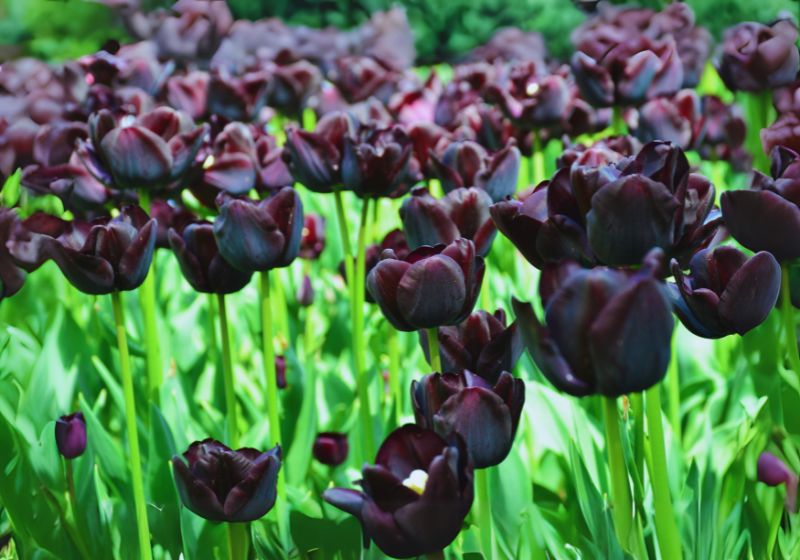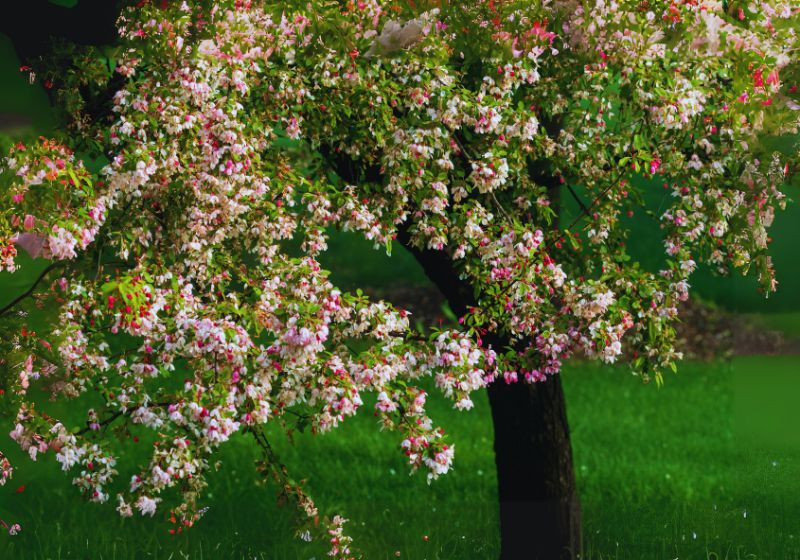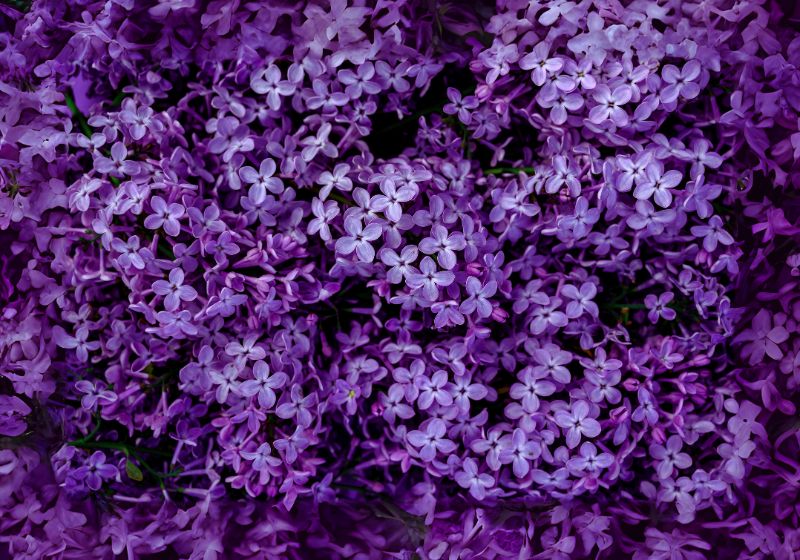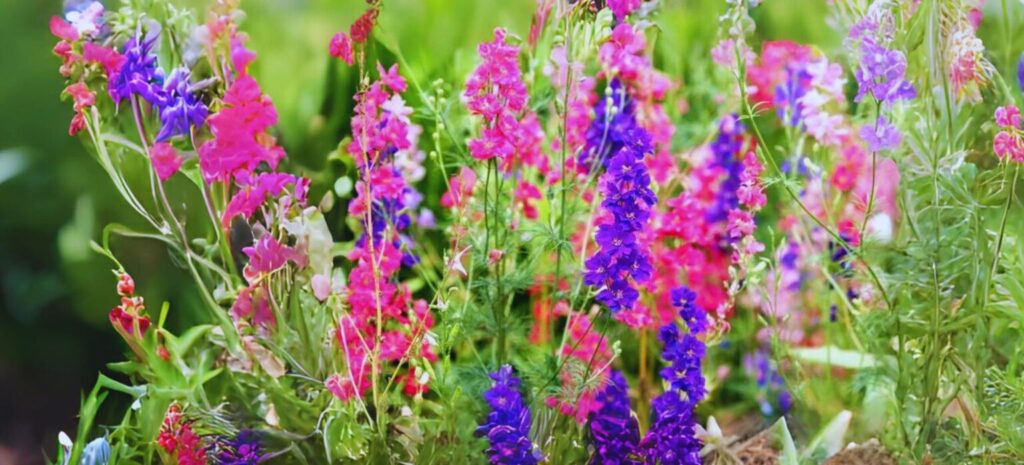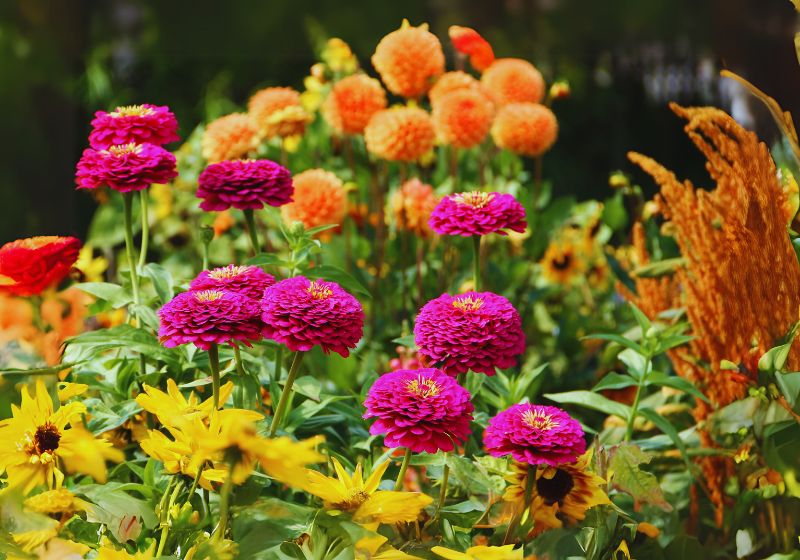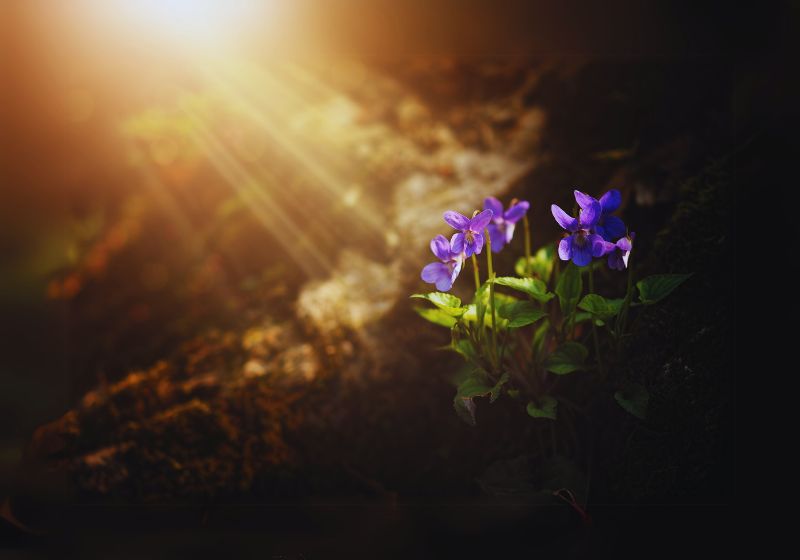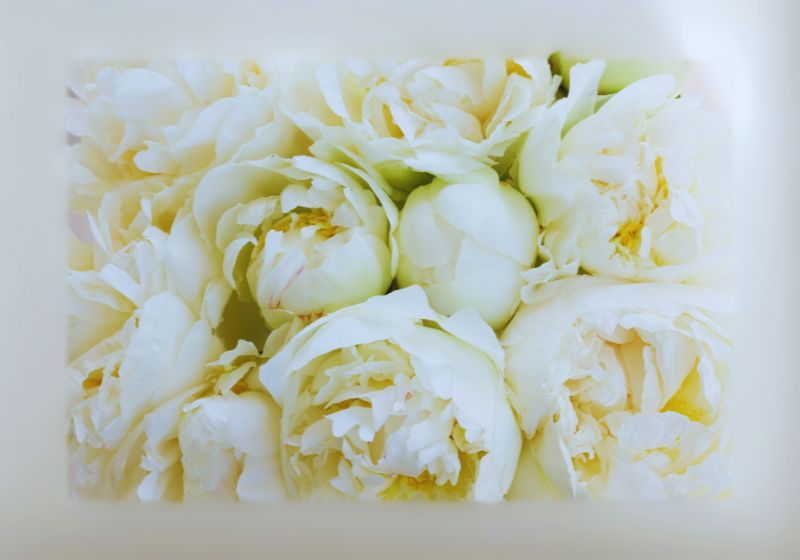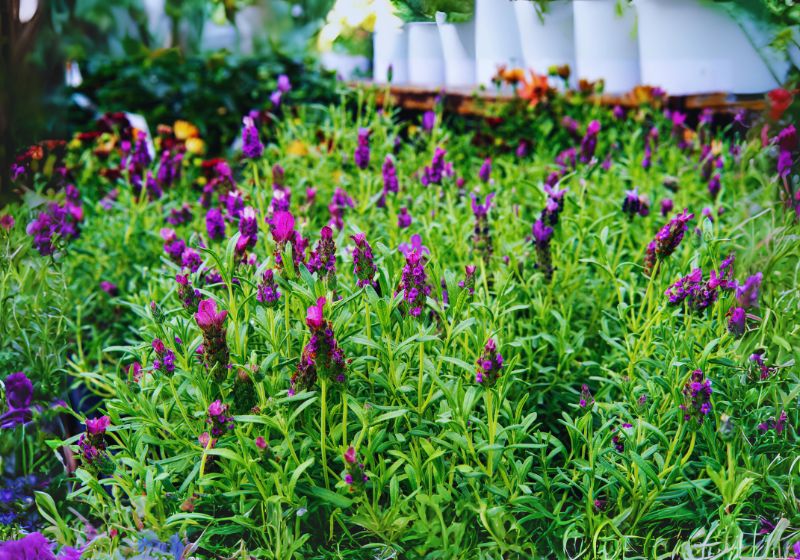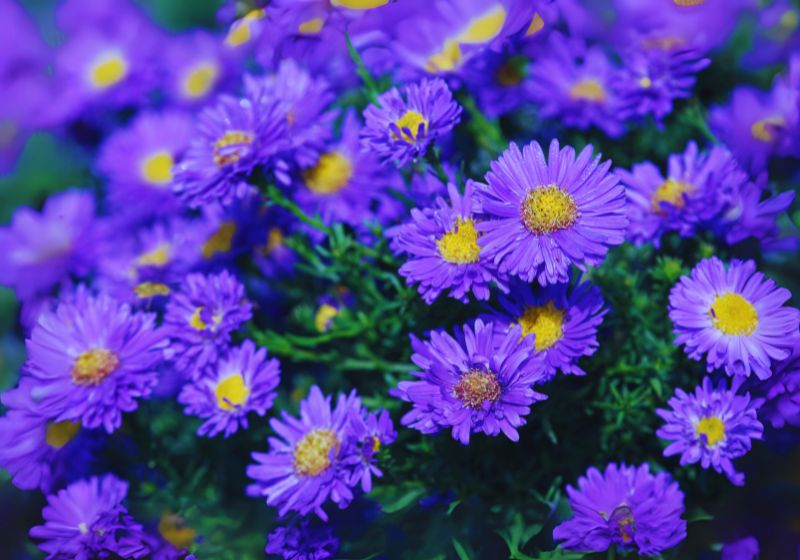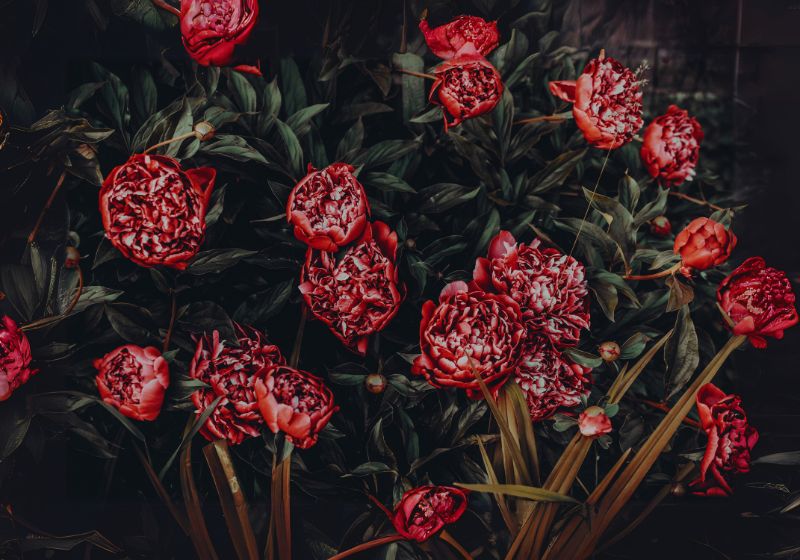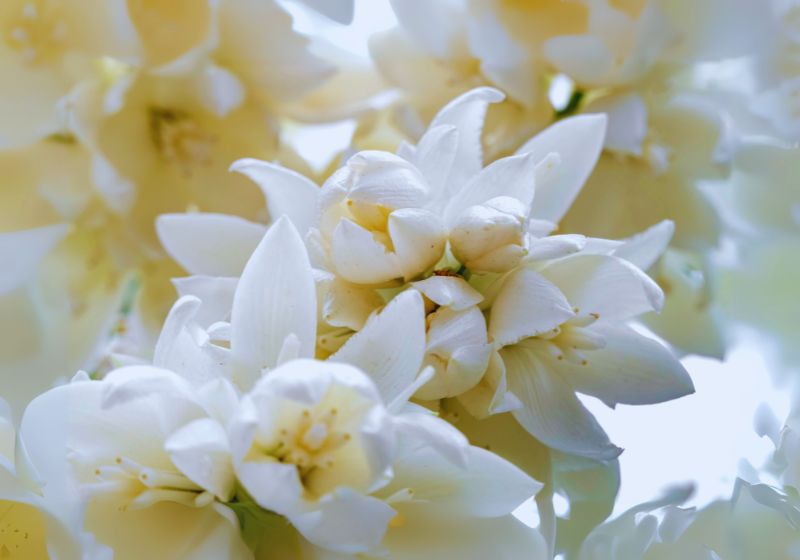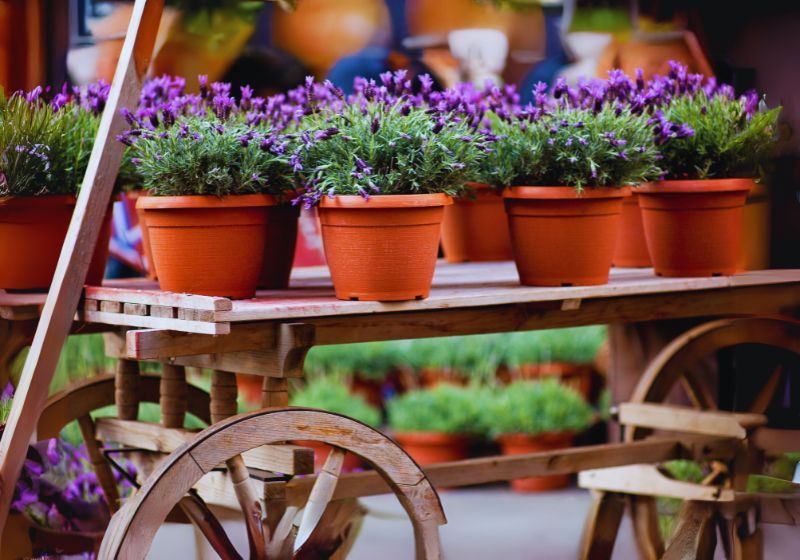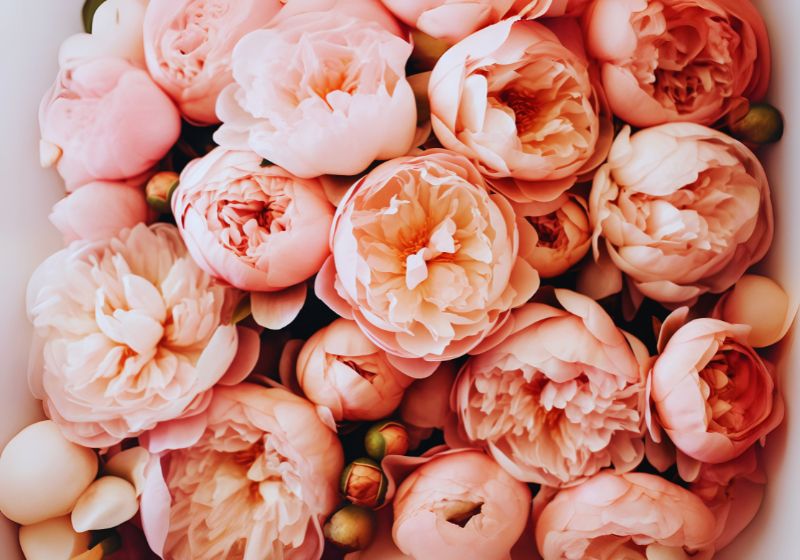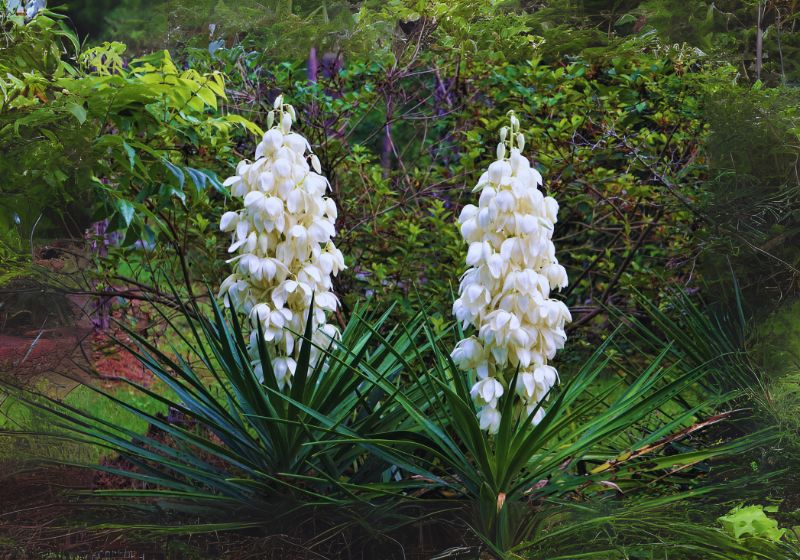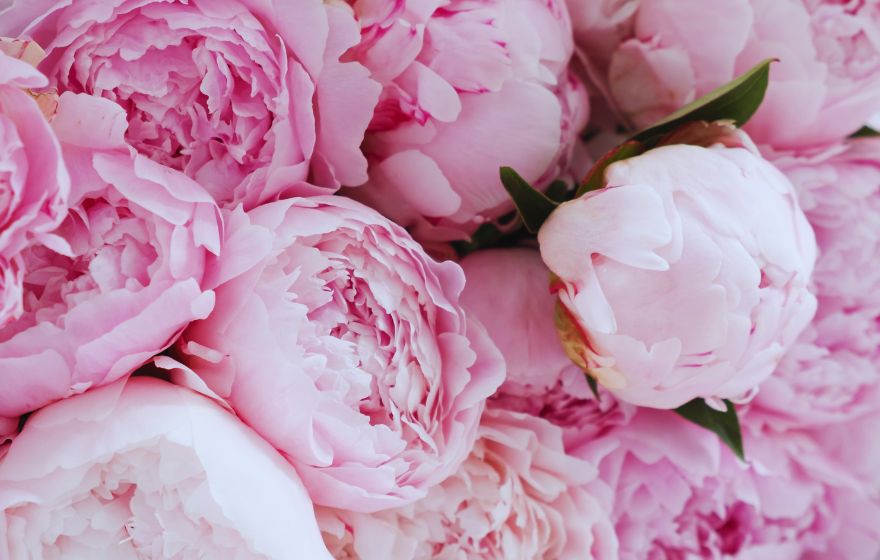How to Plant and Grow Delphinium: 2025 Guide
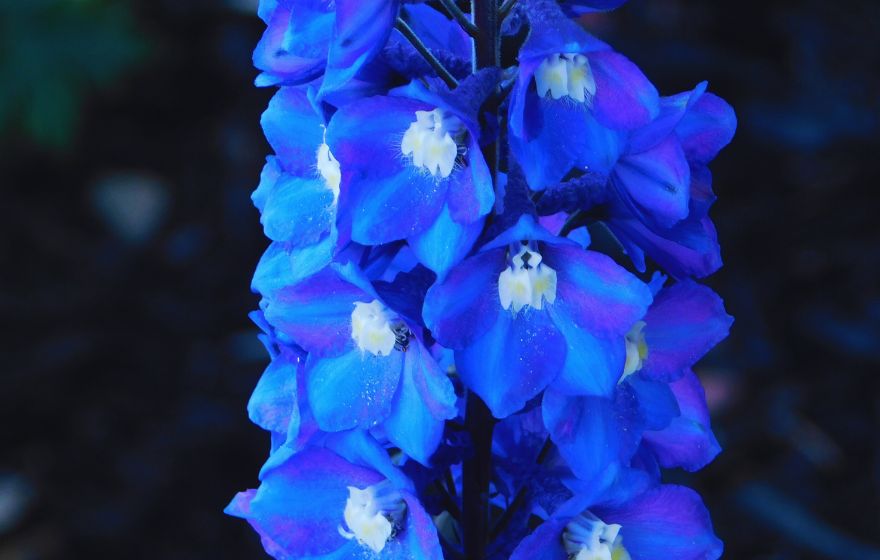
Delphiniums are putting, tall, and colorful flowering vegetation that upload elegance and charm to any lawn. Known for their cute spikes of blue, purple, crimson, and white flora, delphiniums require particular care to flourish. This manual gives a complete step-thru-step technique to planting, developing, and retaining healthful delphiniums in 2024.
Understanding Delphinium
Botanical Information
- Scientific Name: Delphinium spp.
- Family: Ranunculaceae
- Type: Perennial (some annual sorts)
- Bloom Time: Early to mid-summer season
- Height: 2 to 6 ft, depending on range
Popular Varieties
- Delphinium relatum: Tallest variety, frequently accomplishing over 6 toes.
- Delphinium belladonna: More sensitive with loosely spaced flowers.
- Delphinium grandiflorum: Shorter range, ideal for packing containers.
- Hybrid Delphiniums: Bred for disorder resistance and higher coloration.
Choosing the Right Location
Delphiniums thrive in cool climates with properly-drained, nutrient-wealthy soil.
Consider the following elements:
- Sunlight: At least 6 hours of full sun every day.
- Soil Type: Loamy, fertile, and barely alkaline (pH 6.5–7.Five).
- Drainage: Ensure suitable drainage to prevent root rot.
- Shelter: Protect from sturdy winds to save tall stalks from bending or breaking.
Planting Delphinium

When to Plant
- Spring Planting: After the final frost while the soil temperature reaches 50°F (10°C).
- Fall Planting: In mild climates, plant in early fall for spring blooms.
Planting from Seeds
- Start Indoors: Begin 8–10 weeks before the closing frost.
- Use Seed Trays: Fill with a seed-beginning combo.
- Sow Seeds: Lightly press seeds into the soil without overlapping them completely.
- Moisture & Light: Keep moist and provide a colorful oblique mild.
- Transplant: Move seedlings outside when they have true leaves and the frost threat has exceeded.
Planting from Nursery Plants
- Prepare the Soil: Loosen soil 12 inches deep and mix in compost.
- Dig a Hole: Twice the dimensions of the root ball.
- Plant Depth: Keep crown at soil degree.
- Spacing: 12–24 inches aside, relying on range.
- Watering: Water thoroughly after planting.
Caring for Delphinium

Watering
- Water deeply, about 1 inch in line with the week.
- Keep soil flippantly wet but not waterlogged.
- Avoid overhead watering to save you from fungal illnesses.
Fertilizing
- Spring: Apply balanced fertilizer (10-10-10) while new growth seems.
- Midseason: Apply an immoderate-phosphorus fertilizer to encourage blooming.
- After Blooming: Use natural compost to fill up vitamins.
Staking
- Using bamboo stakes or steel helps for tall sorts.
- Secure stems loosely to prevent harm from wind.
Mulching
- Apply a 2-inch layer of natural mulch to preserve moisture and adjust soil temperature.
- Keep mulch away from the stem to save you rot.
Pruning and Deadheading
- Deadheading: Remove spent blooms to inspire a second flush of flora.
- Cutting Back: After the number one bloom, trim stems lower again to six inches above floor.
- Fall Pruning: In less warm climates, cut returns to the ground stage in the past due fall.
Managing Pests and Diseases
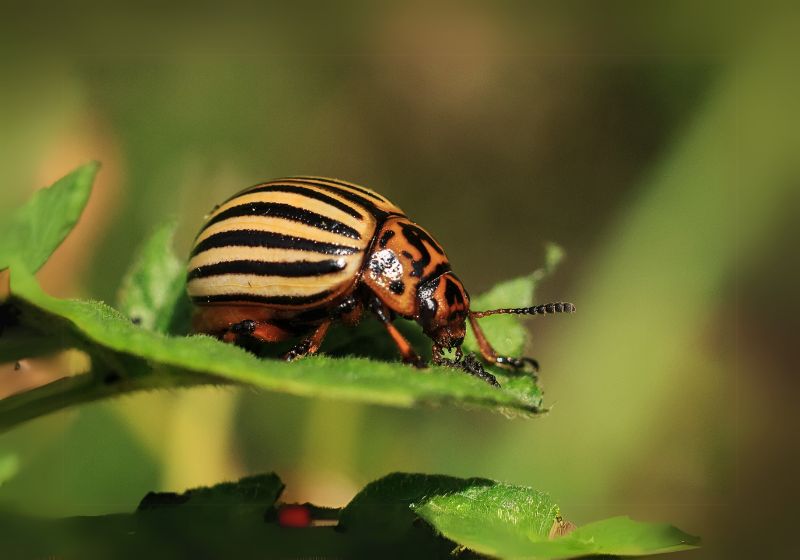
Common Pests
- Aphids: Use insecticidal cleaning soap or neem oil.
- Slugs and Snails: Use obstacles or natural slug pellets.
- Spider Mites: Increase humidity and use neem oil.
Common Diseases
- Powdery Mildew: Improve air motion and examine fungicides.
- Root Rot: Avoid overwatering and make certain appropriate drainage.
- Botrytis Blight: Remove affected leaves and enhance air flow.
Propagation Methods
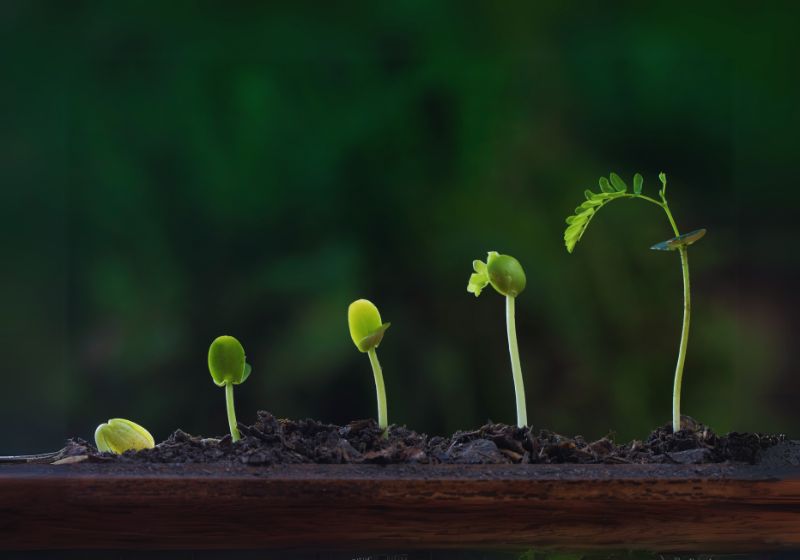
By Division
- Divide mature flora in early spring or fall.
- Replant divisions without delay for high-quality results.
By Cuttings
- Take 4-inch cuttings in early spring.
- Dip in rooting hormone and plant in a wet medium.
Overwintering Delphinium
- In colder zones (underneath USDA Zone three), apply mulch after the number one frost.
- Consider lifting and storing roots interior in extreme climates.
- Water sparingly in wintry weather to save you rot.
Companion Planting
- Best Companions: Roses, peonies, foxgloves, and echinacea.
- Avoid: Plants that require dry soil situations, together with lavender.
Growing Delphinium in Containers
- Use big pots (at least 12 inches deep).
- Ensure drainage holes to save you waterlogging.
- Fertilize each 2 weeks in the course of the developing season.
Harvesting and Using Delphiniums
- For Bouquets: Cut stems in the morning even as 1/3 of flowers have opened.
- Drying Flowers: Hang the wrong way up in a warm, dry area.
- Caution: Delphinium is poisonous if ingested; manage with care.
Choosing the Right Delphinium Variety
There are several species of delphiniums, but the most normally grown encompass:
- Delphinium relatum : Tall and classic variety with massive flower spikes
- Delphinium belladonna : More sensitive with unfastened flower spikes
- Delphinium grandiflorum : Shorter variety appropriate for borders or containers
Hybrid kinds like ‘Pacific Giants’ and ‘New Millennium’ offer advanced hardiness and ailment resistance.
When to Plant Delphiniums
- Spring Planting (after the last frost) is right for cooler climates
- Fall Planting (6-8 weeks before the primary frost) is first-class in milder regions, permitting roots to establish in advance than wintry weather
Selecting the Right Location
Delphiniums thrive in:
- Full Sun : At least 6-eight hours of direct daylight
- Well-Draining Soil : They dislike wet roots, so keep away from heavy clay
- Sheltered Spot : Protect them from sturdy winds that may snap their tall stems
- Ideal soil pH: Slightly alkaline (6.Five-7.Five). Adding lime can help if your soil is surely too acidic.
Preparing the Soil
- Loosen the soil to approximately 12-15 inches deep
- Mix in natural compost or well-rotted manure for nutrients
- If soil is heavy, add perlite or sand for higher drainage
- Check pH and alter if vital (upload lime for acidity or sulfur for alkalinity)
How to Plant Delphinium Seeds, Seedlings, or Transplants
Planting from Seeds
- Start indoors eight-10 weeks before the last frost
- Use wet seed-starting mix in trays
- Press seeds lightly into soil (do not bury too deep)
- Keep at sixty five-70°F (18-21°C) for germination
- Once seedlings have 2-three leaves, harden them off earlier than transplanting outside
Planting Seedlings or Transplants
- Spacing: Place vegetation 18-24 inches aside for correct airflow
- Dig a hollow twice the size of the premise ball
- Place the plant at the identical intensity as within the nursery pot
- Water thoroughly after planting
Watering and Fertilizing
Watering
- Keep soil moist however not soggy
- Water at the bottom to prevent fungal ailments
- Increase watering within the direction of heat spells
Fertilizing
- Use a balanced fertilizer (10-10-10 or 20-20-20) each 3-four weeks
- In early spring, add bone meal or slow-release fertilizer
- A mid-season liquid feed (immoderate in potassium) helps lengthen blooms
Staking and Supporting Tall Varieties
- Since delphiniums can expand 3-6 ft tall, they frequently want manual:
- Install stakes or plant allows at planting time
- Use bamboo stakes, tomato cages, or cord supports
- Tie stems loosely with gentle twine to save you snapping
Pruning and Deadheading
- Deadhead spent blooms to inspire a 2nd flush in overdue summer time
- Cut returned whole plant in fall after flowering (depart 6-inch stubs)
- Divide flowers each 3-4 years to keep energy
Common Pests and Diseases
Pests
- Aphids : Wash off with a hose or use insecticidal cleaning soap
- Slugs & Snails :Use beer traps or diatomaceous earth
- Caterpillars : Handpick or follow BT (Bacillus thuringiensis)
Diseases
- Powdery Mildew : Improve airflow, keep away from overhead watering
- Crown Rot: Ensure correct drainage
- Leaf Spot :Remove inflamed leaves, observe fungicide if wanted
Winter Care
- Mulch with straw or leaves for insulation in cold areas
- Cut lower back stems after first frost
- If winters are intense, endure in thoughts lifting tubers and storing indoors
Companion Plants for Delphiniums
- Peonies : Complement with their lush blooms
- Roses : Create a traditional cottage garden look
- Ornamental Grasses: Contrast with their brilliant texture
- Foxgloves & Lupines: Similar care goals
Conclusion
Delphiniums add an implementing presence to gardens with their exquisite colorings and towering spikes. By following the right planting, care, and upkeep strategies, you could revel in a flourishing show of these stunning plant life 12 months after year. Whether grown in garden beds or bins, delphiniums praise gardeners with breathtaking blooms and a touch of elegance.
Read more: How to Grow The Majestic Oak Tree: A Complete Guide


 English
English 

